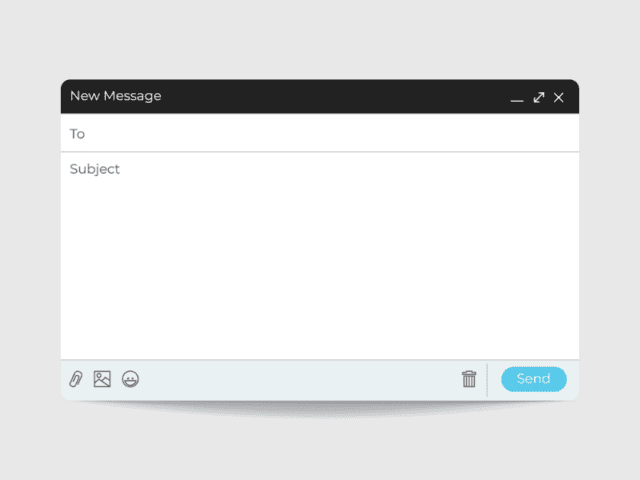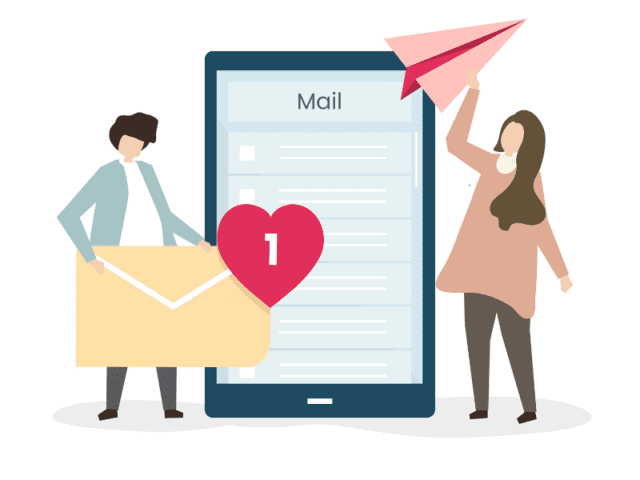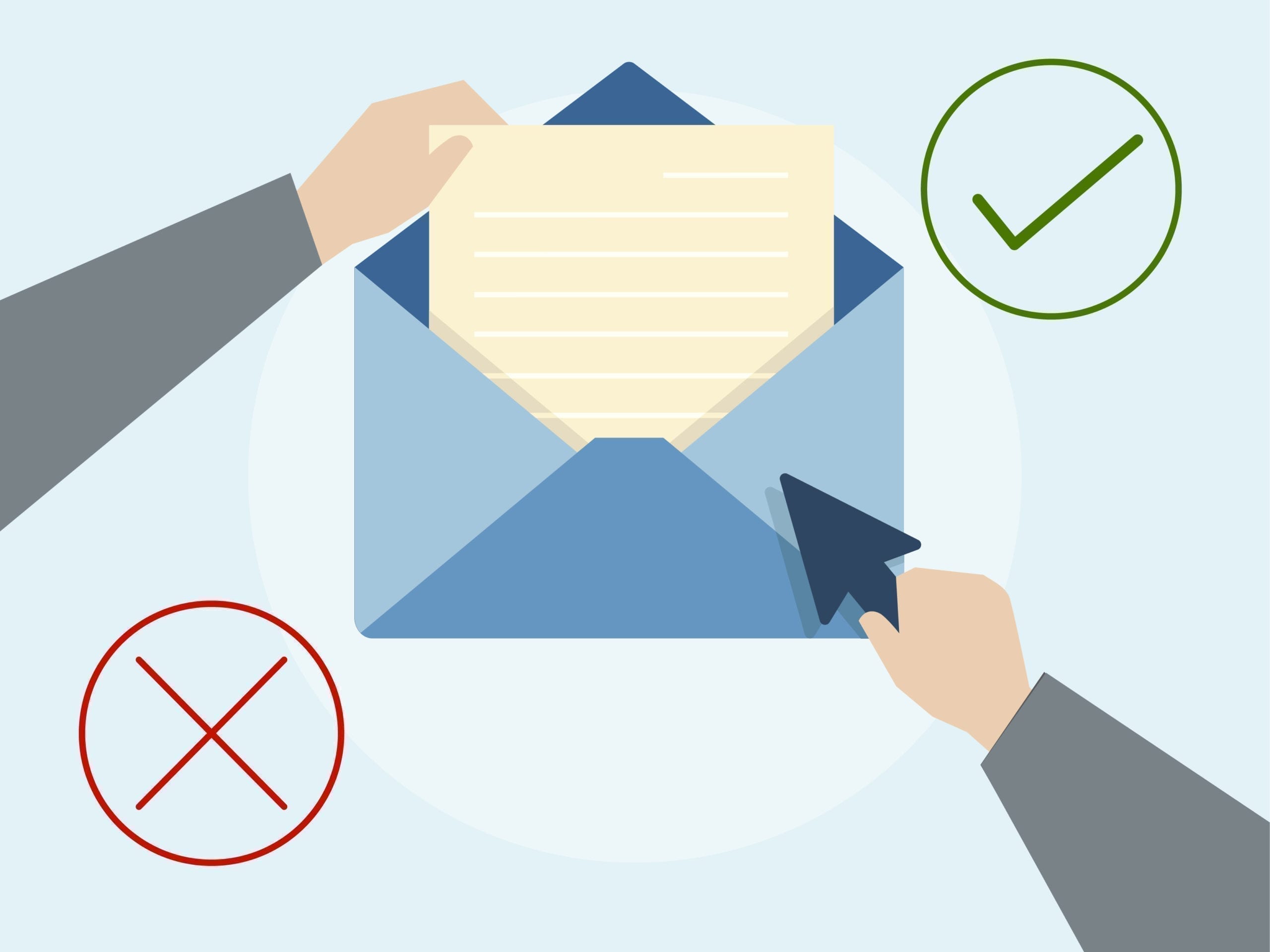Video calls for conferences? You have that handled. Flawless presentation skills for a meeting? You have that locked down. But what about your emails? If you often struggle with finding the right tone, language, and word usage when it comes to ‘how to write professional email’, then we got you covered.
Writing professional emails can be a minefield of slip-ups and inappropriate mistakes. But emails are crucial since they form the crux of any and all businesses. Work is coordinated, screened and accounted for through emails. And they are excellent and effective business communication skills we all need to possess. With an influx of emails pouring in every day, this constant to and fro can be jarring but is inevitable.
So let’s all learn how work emails are written and how we should all be aware of the dos and don’ts.
You need emails to not only conquer your office communications but also when you apply for jobs, connect with clients and even resignations.
5 Dos Of Writing Professional Emails
1. Do Use Proper Salutation

‘Hey’ and ‘Hi’ might seem like a natural opening to any and every online conversation, but don’t bring that over to your professional emails. Feel free to use it for your friend at work, Stick to ‘Hello’ and address the person by their surname (for top tier management/clients) and just the first name for everyone else. For example, ‘Hello Rahul’ works best for a teammate and use ‘Hello Mr Singh’ for your company’s VP.
2. Do Write A Subject Line

Ever had a friend start talking a mile a minute but you have no idea what the point is? Well, work emails with a subject line convey the same frustrations. The key is to keep it short and to the point. ‘Work strategy for the week’ conveys exactly what the email is all about. This is a great example of professional email writing.
3. Do Check CCs And BCCs

Have you ever sent a screenshot of a conversation to the wrong person? That is embarrassingly funny. Carefully consider who needs to be copied, and only include those who need to view it. When it comes to dealing with clients, make sure you CC your manager and the team to keep everyone in the loop.
4. Do Keep It Short

The first couple of sentences of business emails is the ones people tend to focus on. Keep the email short and get straight to the point. Emails are a quick form of communication and need to be brief enough to convey everything effectively. Keep it concise and make sure you don’t skip any important detail.
5. Do Stick To The Format

Fancy fonts and emojis look great on social media. But business emails shouldn’t include any of these at all. Pick a simple, professional font and size and stick to it. Avoid the overuse of bold and italics. And most importantly, do not use capital letters as this conveys anger or rudeness.
Now you know what to do when it comes to professional email writing. But what are some things we need to avoid while drafting a work email?
Check out how you can use email marketing to grow your business here.
5 Don’ts Of Business Emails You Must Keep In Mind
1. Don’t Use Abbreviations, Buzzwords Or Acronyms

‘LOL’, the unnecessary use of ‘Tech Guru’ and ‘TC46’ instead of ‘The Channel 46’ are all examples of what to avoid when writing an email. The goal is to convey the information clearly and concisely. So stay away from unprofessional word choices and keep it simple.
2. Don’t Be Brash

It’s easy to come across as passive-aggressive through an email. Most of us can’t stop ourselves from giving it back to that one annoying colleague or getting back at a particularly nasty client. Do not engage in this petty fight. There are consequences to being rude to others in lasting, digital communications like emails.
3. Don’t Write Poorly

Don’t hit send as soon as you are done drafting business emails. Do a thorough grammar and spell-check. Make sure you have used correct punctuation. All of these things make tiny but lasting impressions on the reader. So stay ahead of the game.
4. Don’t Forward It Blindly

Let’s say that your client has sent you an email explaining their needs from your company. You now need to delegate tasks to your team or colleagues. Don’t simply forward the email and expect everyone to get on board magically. The professional thing to do is to address the concerns and tasks clearly. Explain what is to be done and why you are sending the email.
5. Don’t Miss Out On The Closer

Leave a lasting impression with an appropriate closer. Use ‘thank you’, ‘kind regards’ or ‘thanks and regards’ as your email closer. This neatly ties the email and its components. Also, don’t forget that being polite and courteous always wins us brownie points. For manners cost nothing.
We all now know how to write professional emails and the dos and don’ts of it. Use these and you will see great results in your professional life. Here are a few key points for improving business communication through emails.
- An email is not always appropriate. Some tasks and issues require meetings while others can be simply dealt with through conversations.
- Keep the email focused on that one topic, the one mentioned in the subject line, and that topic only.
- Make sure that your email has your unique, professional signature at the very end.
- Good email etiquette maintains that you do your best to respond to business communications as soon as possible.
- Don’t write an email that you would not want to be a recipient of.
In a world obsessed with text messages, DMs and chat, it’s vital to maintain your professionalism through emails. Though we see a few casual approaches being welcomed at workplaces, not everyone can suddenly transform. So stick to these tips to upgrade your correspondence skills. Keep these golden rules in mind while sending emails at the workplace and watch yourself flourish.

